لاتذهب ياصاحبي الى حديقة الورود، ان حديقة الورود هي في داخلك ـ الشاعر الهندي كبير
(“O friend, don’t go to the flower garden, the flower garden is within you), Kabir 15th c.
Calligraphy is an art of balance and fragility, – balance between color and blank, between light and bold, between momentum and rest.
If Hassan Massoudy’s artwork conveys such a powerful state of grace to the viewer, it is because this grace has been experienced, won and achieved by the artist himself.
“I pare my calamus and make the broad instruments. I select my papers and prepare my colors on the same day they are to be used, mixing and fixing the pigments. The writing instrument, the paper and the color, must all live in harmony, but this cohabitation is rarely harmonious right from the first gesture”, Hassan explains in Calligraphies d’amour (Albin Michel publisher, Paris 2004).
“Working with water-based paints and calligraphy both demand a flat working surface. Through the continual to and fro’ movements, to the point where you are united with the matter are one, you feel yourself becoming calligraphy. When I try to reflect the image of the poet in letters, or a form that dwells in me or even in an unexpected form, I enrich myself with a new line, won from the white expanse of paper. I am looking for, for my calligraphy, vast and unlimited space. The white in the background is also an integral part of that form, calligraphy also evokes space by its absence. It must be discreet and allow the eye to see what is invisible. The downstrokes and the upstrokes are the essence of calligraphy, a movement, an angle that defines the order of organisation in space. These downstrokes and upstrokes express strength and fragility at the same time.
Proportions are extremely important and are calculated to a hair’s breadth. This precision is intuitively perceived by the eye and the taste of the person viewing the calligraphy. Each form – through its pictorial content, its density, its height – lets us feel the pressure of space and the struggle with gravity. It is aesthetic writing, legible to the educated eye. How many times have I felt moved by a curved tree? Then my eyes move on to a second, thinner, more vertical; whose flow of sap nourishes the highest branches. Going into my workshop, I try to find the attitude of the tree. My letter must be as vigorous as the branch. Calligraphy is an art that puts down the essence of things and not just the visible. All the difficulty lies in the dialogue with the invisible. The sketch is only an indication, the dreamed-of form is never fully realized. The result is partly achieved by chance, in spite of all the preparations for a good start. If the binding agent in the ink lacks the necessary quality or the instrument is badly sharpened, it’s enough to make the whole thing flop. But the opposite is also possible. After a tiring day’s work, a moment of relaxation comes when nonchalant and disobedient gestures take over the form. What amazement, what surprises! The work is freer. The gestures move through space without encumbering, soar up without falling. They are broad without being heavy, fine without breaks, with fine proportions. The next day, I get ready to carry on what I was doing the day before. I’m sure I’ve struck gold. Alas, it’s back to square one, I can’t get back to the impulsion of the day before. Beauty comes and goes as it pleases.
You have to persevere, to be attentive, reread the poetic phrase, look again at the images, imagine others. Begin again slowly, very slowly. Instead of looking at the letters, observe the light that moves around the calligraphic gestures. Go on, again and again, struggle with the matter, with this instrument-ink-paper trio, and the Word.
As Kabir’s quote suggests, “O friend, don’t go to the flower garden, the flower garden is within you”, the greatest beauty comes from inside. In that sense, calligraphy is foremost a conquest on one’s self.
Embodied by Hassan Massoudy, this art also becomes a lesson of humility, the acceptance of what can or cannot flow, the ability to welcome everything that comes to the artist, in his dialogue with the invisible.

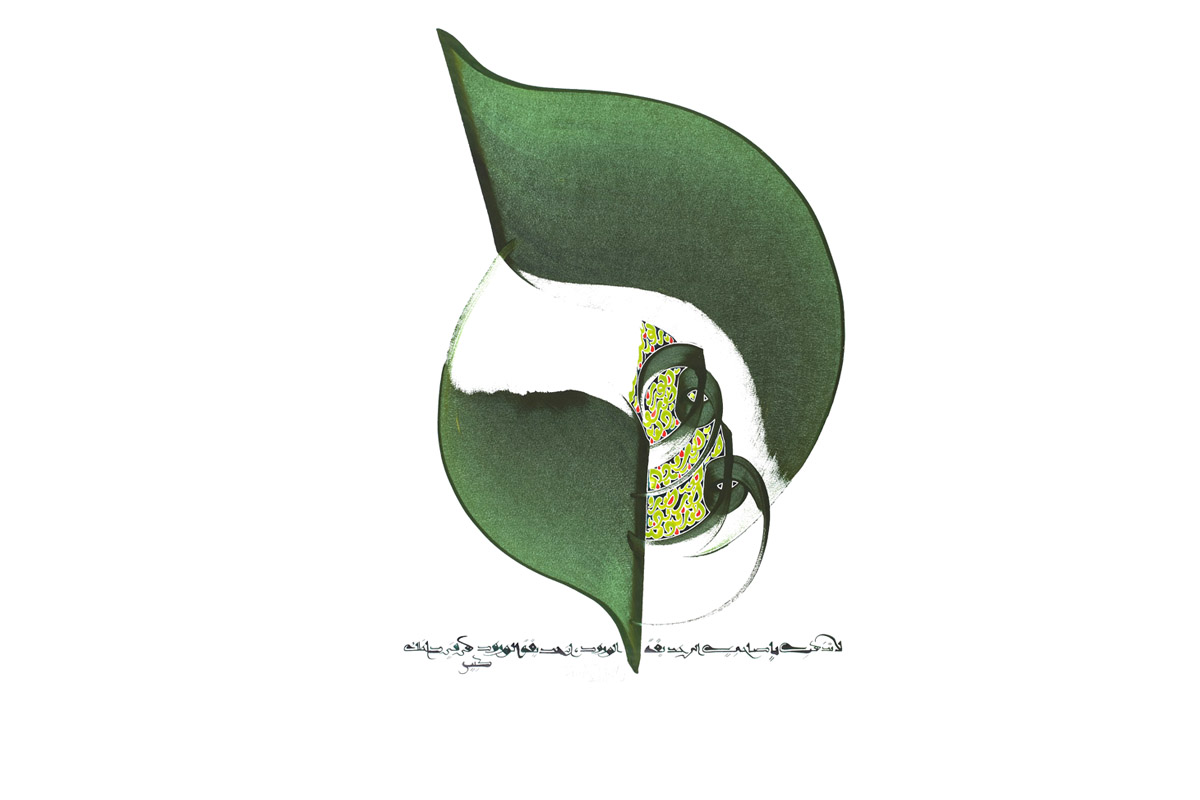
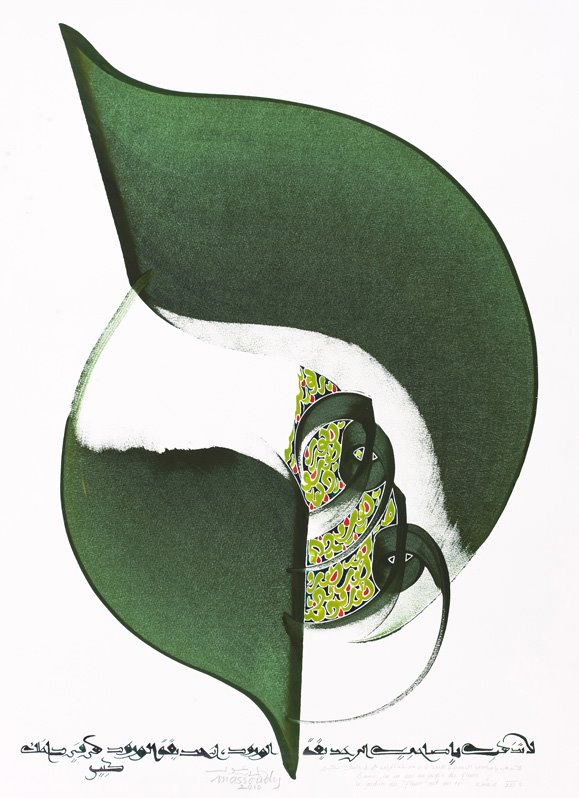
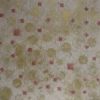
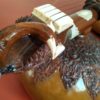
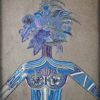
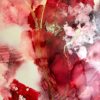
 Shanqa proposes a path through art and beauty. Shanqa gathers artworks from all horizon which are selected on account of the very special vibrations they present. Discover our selected artists and let their artworks open your soul.
Shanqa proposes a path through art and beauty. Shanqa gathers artworks from all horizon which are selected on account of the very special vibrations they present. Discover our selected artists and let their artworks open your soul.

